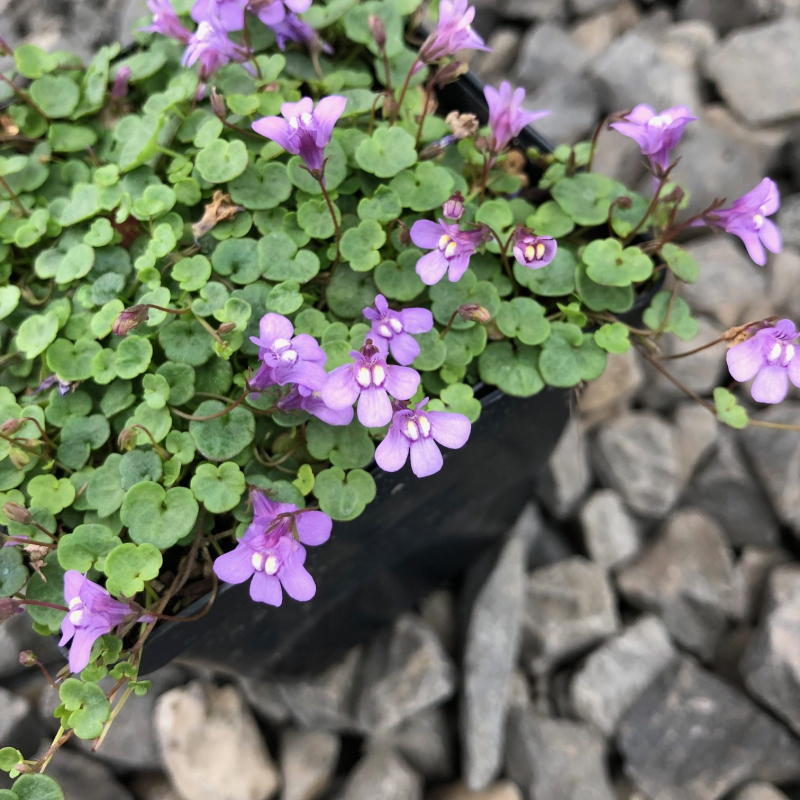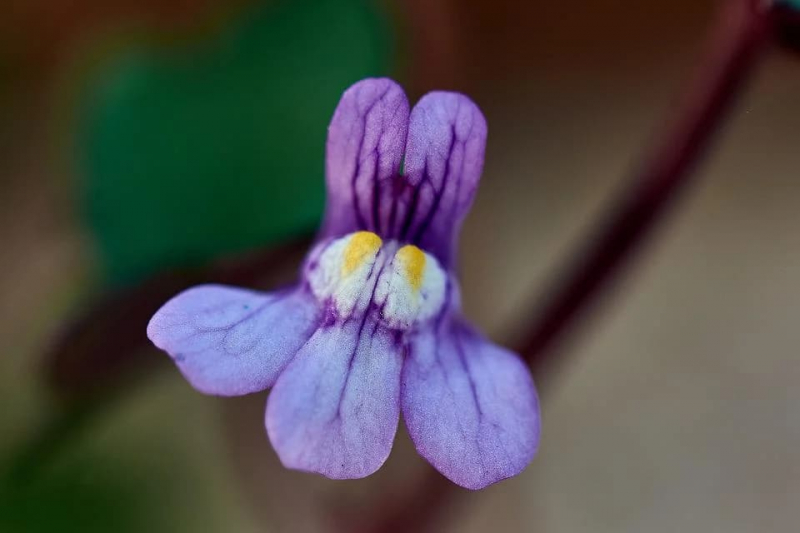Kenilworth Ivy

Kenilworth ivy is a flowering vine that belongs to the Plantaginaceae family, also called Cymbalaria muralis. They came from the Mediterranean region of Europe. It has a maximum height of five centimeters. The frost-tolerant plant will flourish in areas with cool summers, sandy or clay-type soils, and lots of rainfall. The evergreen, oblong, scalloped leaves have an inch to two-inch width and are alternately placed on narrow stalks. It has distinct spurred blooms with five petals, sepals, or tepals in bloom, like small snapdragons. In the months of May through September, tiny lilac blooms to blossom.
Kenilworth ivy spreads in an interesting way. It does, in fact, exhibit an odd phototropism. The little blooms initially incline themselves toward the light. After fertilization, it goes in the opposite direction as the light, driving the seeds deep into the cracks. The ability of this vine to self-fertilize from its node-rooting stems is also one of its most remarkable characteristics, and occasionally bees will also pollinate them. Additionally, they create a low-growing mat with tentacles that extend from the center.
It typically grows on rocks, in meadows, in gardens, along the side of the road, and in the cracks of old, wet walls. The glabrous, globular fruit of these plants looks like a capsule and protrudes from the calyx. It contains several black, wrinkly, oblong, and crested seeds. They are invasive plants that are also prolific. The smallest flowers are useful in a hanging basket or trailing over a bank and in a rock garden as a ground cover.











